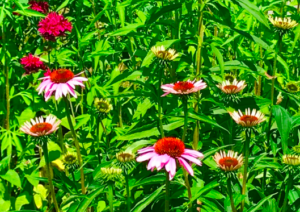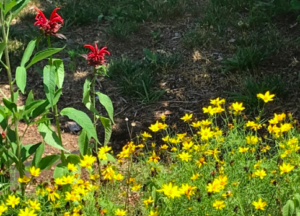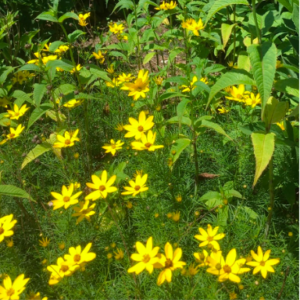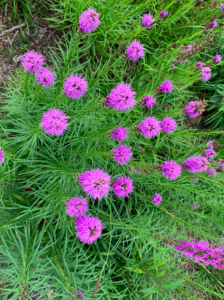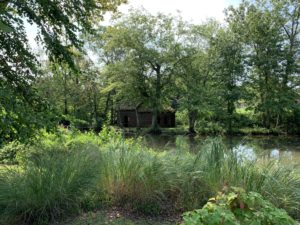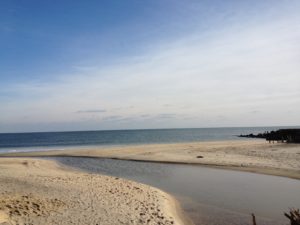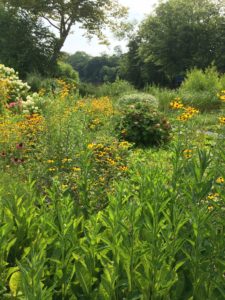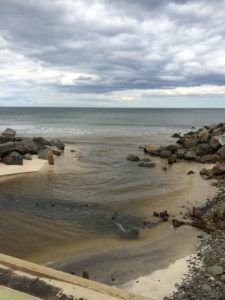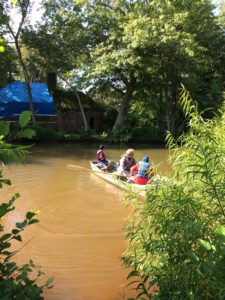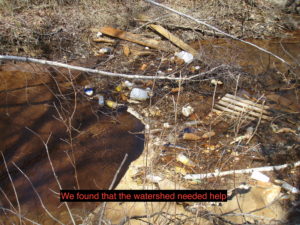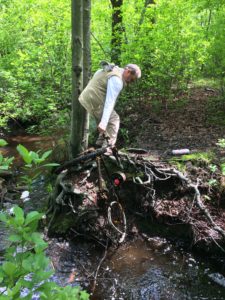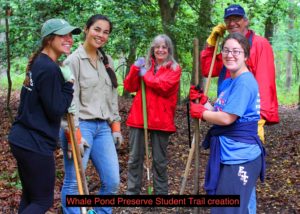Kansas City has become a national leader in stormwater management by combining green infrastructure and digital technology! Read about why we should push for Stormwater Utility near us!
PROBLEM WITH COMBINED SEWERS
Sewers are buried 8 ft underground which creates the perfect out of sight out of mind illusion. According to the Environmental Protection Agency, there are 748 U.S. cities with combined sewer systems, totaling more than 9,000 raw-sewage outfalls, discharging an estimated 850 billion gallons of untreated sewage into U.S. waterways annually (Features, Sidewalk Talk. “The Future of Stormwater Management Runs through Kansas City”).
THE FUTURE OF STORMWATER MANAGEMENT RUNS THROUGH KANSAS CITY
During heavy rainfalls, stormwater runoff enters the city’s aging combined sewer system, where it mixes with raw sewage, fills the pipe beyond its capacity, and discharges its overflow through those outfalls and straight into the Blue River. It pollutes riverbanks, parks, beaches, marine life, and drinking water on the Missouri and Mississippi rivers.
KANSAS CITY’S UNIQUE SOLUTION
Kansas City created the unique solution called Smart Sewer Program. Smart Sewer Program: combining green infrastructure to soak up excess rainfall and monitor the rain flow using digital technology. The solution lies in working with the water and not against it. As Kansas City is experiencing more extreme rainfall than it did 10 years ago, the sewer discharge is declining thanks to this program!
USING GREENERY TO CAPTURE RAINFALL
To help alleviate the amount of rainfall flowing into sewage systems above ground installations such as rain gardens, bioswales, planted medians, curb bump-outs, and street tree plantings with deep soil cells were introduced. This helped to gather, retain, and use stormwater while also keeping it from overwhelming the sewer system. These solutions soak up rainfall like a sponge.
CLOUD BASED TECHNOLOGY
Kansas City controls the volume of water in the Gardner Reservoir by using a valve that’s controlled by cloud connected sensors and local weather forecasts. If the reservoir is full and a storm is coming, the technology opens the valve to drain some water and closes it before the storm comes.
source: https://medium.com/sidewalk-talk/the-future-of-stormwater-management-runs-through-kansas-city-1c4b3dfe219b





